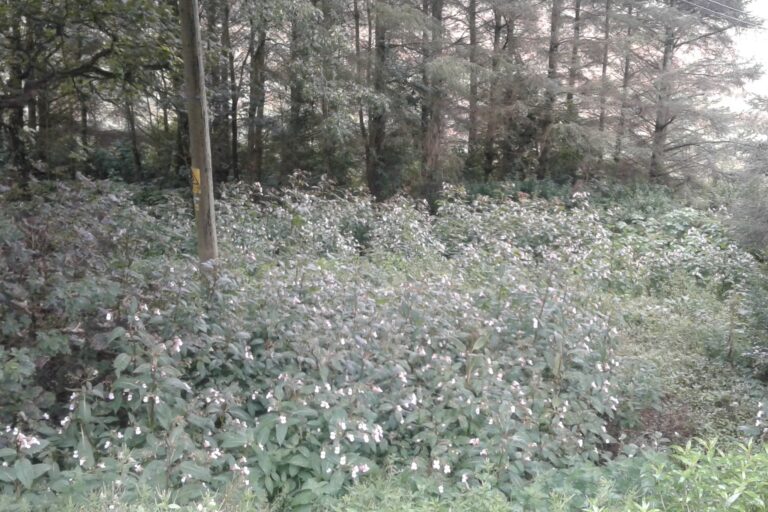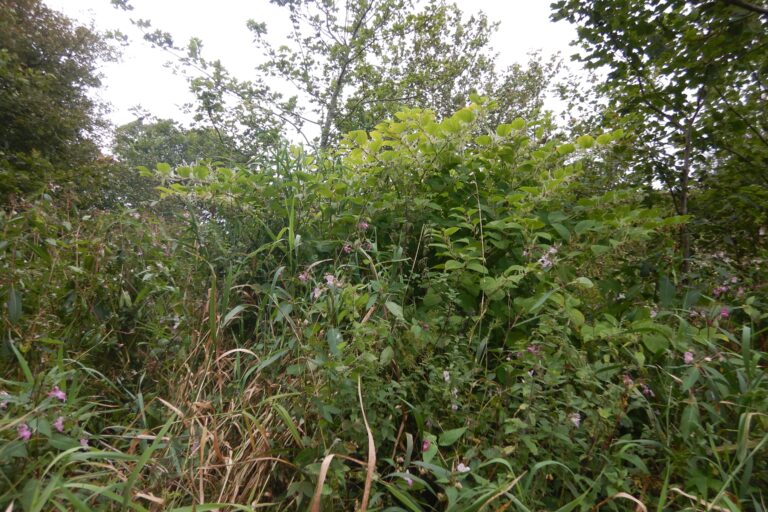Site Study: Himalayan balsam control on the North Ugie Water around Strichen, River Ugie, Aberdeenshire
Case Study: Giant hogweed control on the Stuartfield Burn, South Ugie Water, Aberdeenshire
Site Study: Japanese knotweed control between Ravenscraig Castle and Inverugie Bridge, River Ugie, Aberdeenshire
Case Study: The Rosy Burn – building landowner partnerships and pooling resources to control giant hogweed
Site Study: American skunk cabbage and Japanese knotweed control on the Moulin Burn, Pitlochry
Site Study: Himalayan balsam control at Newtyle Beat, River Tay
Site Study: Japanese knotweed control at Aberfeldy, River Tay
Site Study: Japanese knotweed Control at Dunkeld Bridge, River Tay

